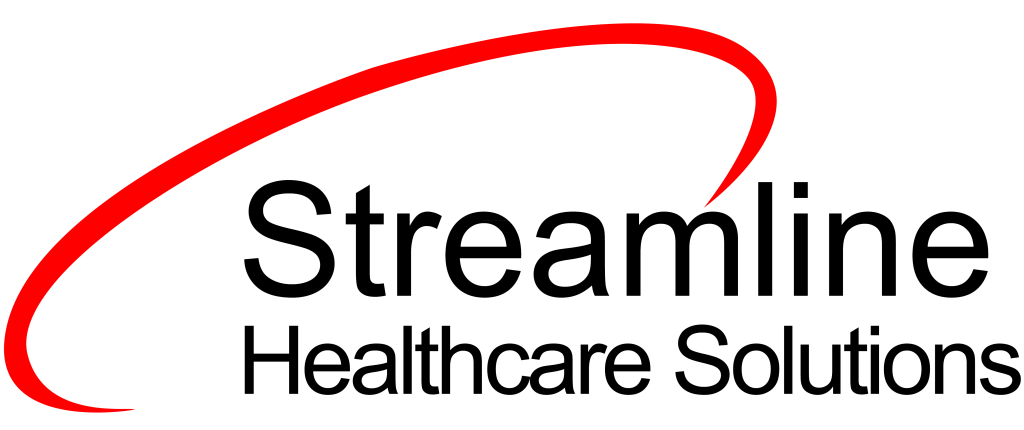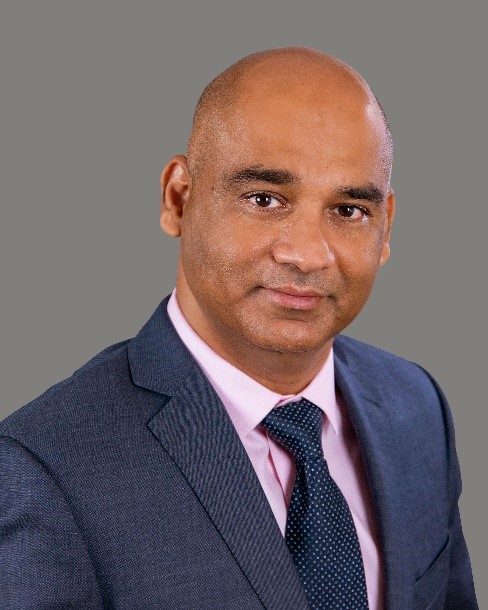2022 CEO Forum/Annual Conference Sponsor Spotlight:
Streamline Healthcare Solutions

Published Tuesday, August 10, 2022
When Illinois-based Streamline Healthcare Solutions expanded to Ohio in 2010, they came with the goal of introducing an electronic health record built by and for clinicians that grows with the needs of its users. To learn more about Streamline's history, offerings, and goals, The Ohio Council sat down with Streamline co-Chief Executive Officer Javed Husain ahead of this year's CEO Forum to learn more about what the company brings to the table for BH providers in the buckeye state.
Javed is a co-founder of Streamline Healthcare Solutions, LLC. He has over 25 years of experience in software design and development. Javed was also one of the founders of Askesis Development Group Inc. At Askesis, Javed led the development of multiple software products for the behavioral healthcare market. Javed started his career working with consulting firms in the Chicago area.

First off, tell us about your company. Where did you start, where are you now, and how long have you been operating in Ohio?
Streamline was founded in Illinois in 2003. Today, our corporate headquarters are located outside of Chicago. We have two other offices, one in Kalamazoo, Michigan, and another in Bangalore, India. We’ve been doing business in Ohio for over a decade and contracted with Harbor, our early state adopter, in 2010.
Streamline provides an enterprise Electronic Health Record (EHR) platform called SmartCare™ that was designed specifically for the behavioral health market. Our SmartCare™ solution was designed with large, multi-faceted providers in mind, and it spans mental health, substance use disorder, I/DD, foster care, children and family services, and other associated services. Many of our clients provide residential or inpatient levels of care in addition to outpatient and day-based services.
Our vision for a true software platform is minimizing (if not eliminating) the use of third-party products and numerous software interfaces to offer a total solution that encompasses clinical, billing, and practice management. We believe something designed and coded from the ground up to work in unison is a more stable solution with the added benefit of better workflows and a unified user interface.
Ohio’s BH system is unique in some ways. How has working here compared to other states, and what was your learning curve like?
The Ohio BH system is actually a lot less complicated than what we have had to deal with in many other states. When Ohio moved to a new billing model with BH redesign a few years ago, we were able to adapt quickly because our billing system was designed from the ground up to be flexible. Most of those changes were handled with system configurations and not back-end code changes. We created standard rates that could be imported to customers along with configurable setup that would meet the new billing requirements. When redesign arrived, Streamline customers were billing in January with the release.
We’ve also been heavily involved with OhioRise. Streamline partners with five of the state’s CMEs. We’ve converted incoming data to automatically create new clients/create a workable list for staff to manage that was built to scale with increasing incoming clients. We created OhioRISE-specific documents so CMEs can use new workflows out of the gate, and we are actively working on formal documents/automated workflows as tech specs continue to come out.

What are some Ohio-based organizations you’re working with now?
It has been very interesting and rewarding work in Ohio as we serve both payers and providers. Streamline currently partners with eight provider organizations, including Harbor, Unison Health, The Zepf Center, and ViaQuest. Streamline is also the MCO software provider for 17 ADAMH boards, including the following 16 boards within the Partner Solutions conglomerate: Ashland, Ashtabula, Belmont, Columbiana, Delaware/Morrow, Hancock, Harrison, Holmes, Jefferson, Mahoning, Monroe, Portage, Stark, Trumbull, Union, and Wayne.
We would welcome the opportunity to partner with the state on a broader level to provide a unified Managed Care solution for all county boards, similar to the old MACSIS system. The flexibility and interoperability capabilities of SmartCare™ can help unify statewide data and provide a clearer vision at the aggregate level.
Do you have any current or former clinicians on your team who’ve used EHRs on the job? If so, how has that informed your development?
Absolutely. In fact, almost all of our implementation Clinical Business Analysts come from a clinical background and have experience working in the field.
For example: Katie Morrow, our VP of compliance, is a former
Sarai Bowers, our director of client solutions, is an LPC who’s worked on identifying requirements for a new assessment that can account for various clinical needs (e.g. crisis versus MH outpatient versus SUD inpatient) as well as considering the differences for adults versus children. She also regularly provides input for development of new items and weighs in on clinical and ethical needs.
Traci Basevitz, our director of implementation is an LPC with experience working across various populations, including recent work within crisis/disaster mental health management. This informs Traci’s work, particularly in regards to accessibility and ease of use for end users.

Has any specific level of care or clinical service proved especially challenging to adapt to in the past? If so, how did you adapt to meet behavioral professionals’ needs?
Streamline was originally built through the partnership, collaboration, and guidance of some of our earliest partners. Any new major functionality or market segment requires a good amount of work. However, from the very beginning we have built processes and teams to constantly expand our reach into the markets through growing our product. This includes having a strong partnership with our customers when we go into new areas of development. We then need subject matter experts and product designers on our side to build it in a way so that the functionality is added to our core product and can be used by all of our customers. Some of the big areas we co-developed with customers are inpatient/residential functionality, primary care/FQHC and MCO/provider contracting. We are also releasing MAT and additional I/DD functionality that was developed in the same way. Collaboration is a big part of how we strive for continuous improvement, and we encourage organizations to make suggestions on ways the system could be further improved.
Some behavioral health providers might want to switch EHRs but are concerned about staff’s time commitments and impacts on patient experience. What would you say to someone who wants to switch but is concerned about the process?
It’s true that implementing a new EHR is time-intensive and requires people to take on additional responsibilities. If your current system cannot fully support the direction your agency is headed or causes staff frustration/burnout, an EHR switch may be the best path forward.
Change management is important as humans are creatures of habit. It is important to stress the “light at the end of the tunnel” and make clear that you are doing all this hard work now so you have a system that will better automate and enforce the desired workflows. It’s important to share that this is a long-term and worthwhile investment in patient safety, care, and engagement.
Several of our customers have had similar situations that they have overcome by implementing internal change management initiatives. They have engaged their staff frequently and early in the process and kept them informed and energized about the change.
There are natural points of dip in the implementation process (especially during learning and mapping and testing), but by the time advanced user training rolls around, the customer implementation core team and the Super Users (who we refer to as “Super Heroes”) are very excited and super charged to use the system.
We have also helped by partnering with third-party consulting organizations in Ohio to augment staff if there is a need to support their internal teams in setup, data migration, DFA (form) building, training, and testing. When switching EHRs is done with sufficient planning and communication, it is well worth the effort—as you’ll hear from our customers themselves.

No software is immune to technical issues, of course, and many of our members have been made lofty promises about product support before. If one of your clients needs help fast, what’s Streamline’s approach?
If a client has a critical issue, Streamline has a 24-hour phone line dedicated to priority calls. During regular business hours, we request that the customer call into support as well as log a support task. After hours, the phone support line is directed to an on-call engineer who can resolve their issue. We allow our customers to set the priority of their task upon creating the task. Each priority has a response and resolution time associated with the priority, and the resolution times are provided in each customer’s contract. We also pair each customer with a Customer Success Manager who adds another layer of support and can provide escalation if the customer is unsure who to contact. The Customer Success Manager is a critical component in our client’s success, and they act as an advocate by offering guidance and insight into the EHR System and Streamline’s operations as well as industry best practices with respect to the EHR System’s configuration.
Streamline bills itself as being designed for behavioral health, but your platform also has a primary care component. How do you see that fitting into behavioral health care providers’ business?
More and more BH providers are providing primary care services and becoming FQHCs. Customers should not have to purchase multiple products to fulfill their business needs, which is why we built out the primary care and FQHC modules as an extension of our core product that serves the BH market. As our customers grow and adapt to meet their community’s needs, we want their software solution to grow and adapt with them.
|






